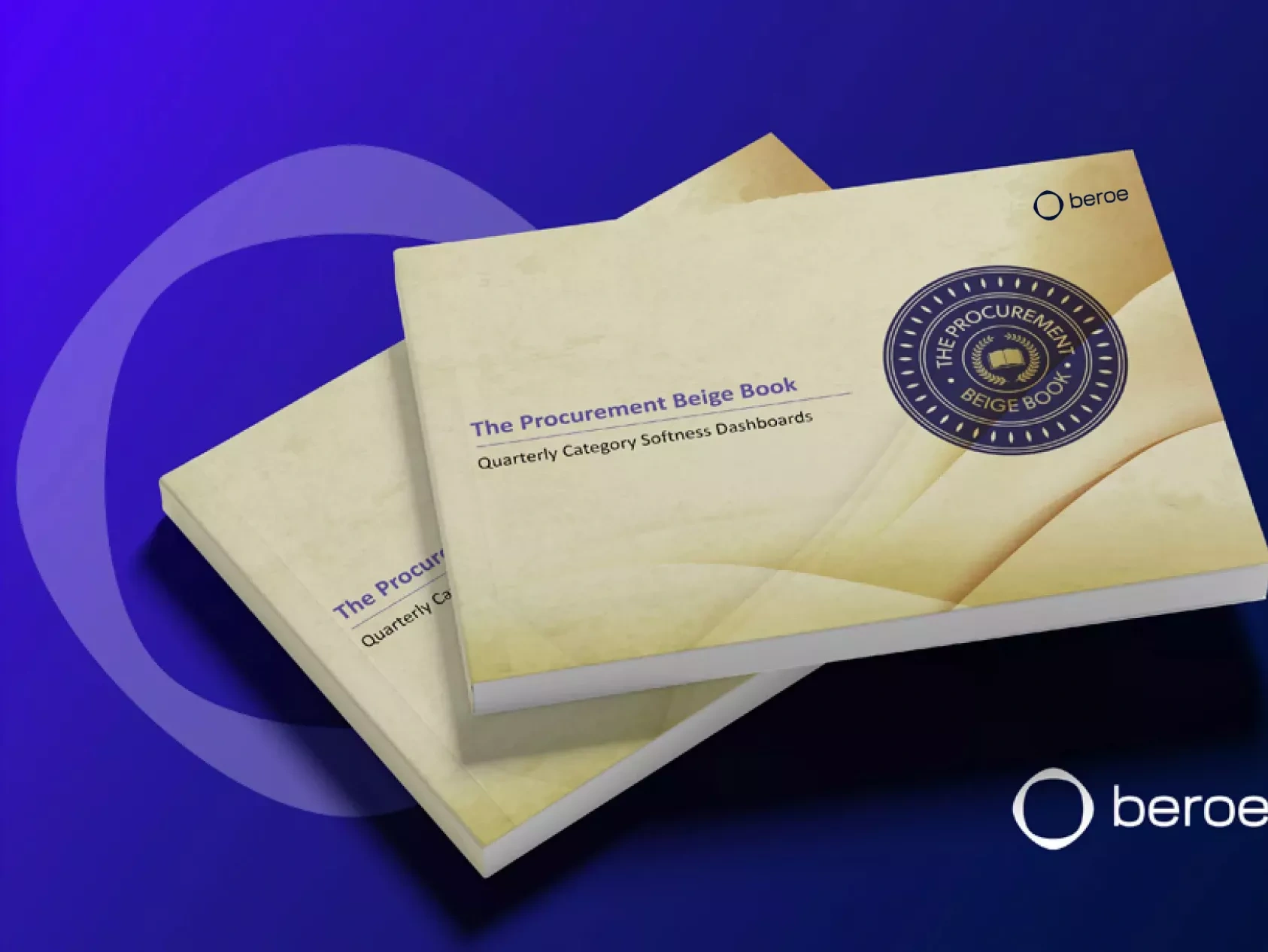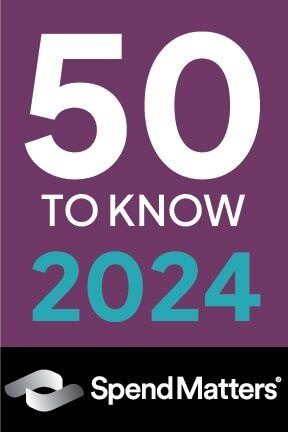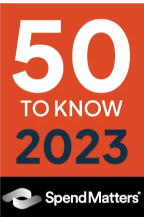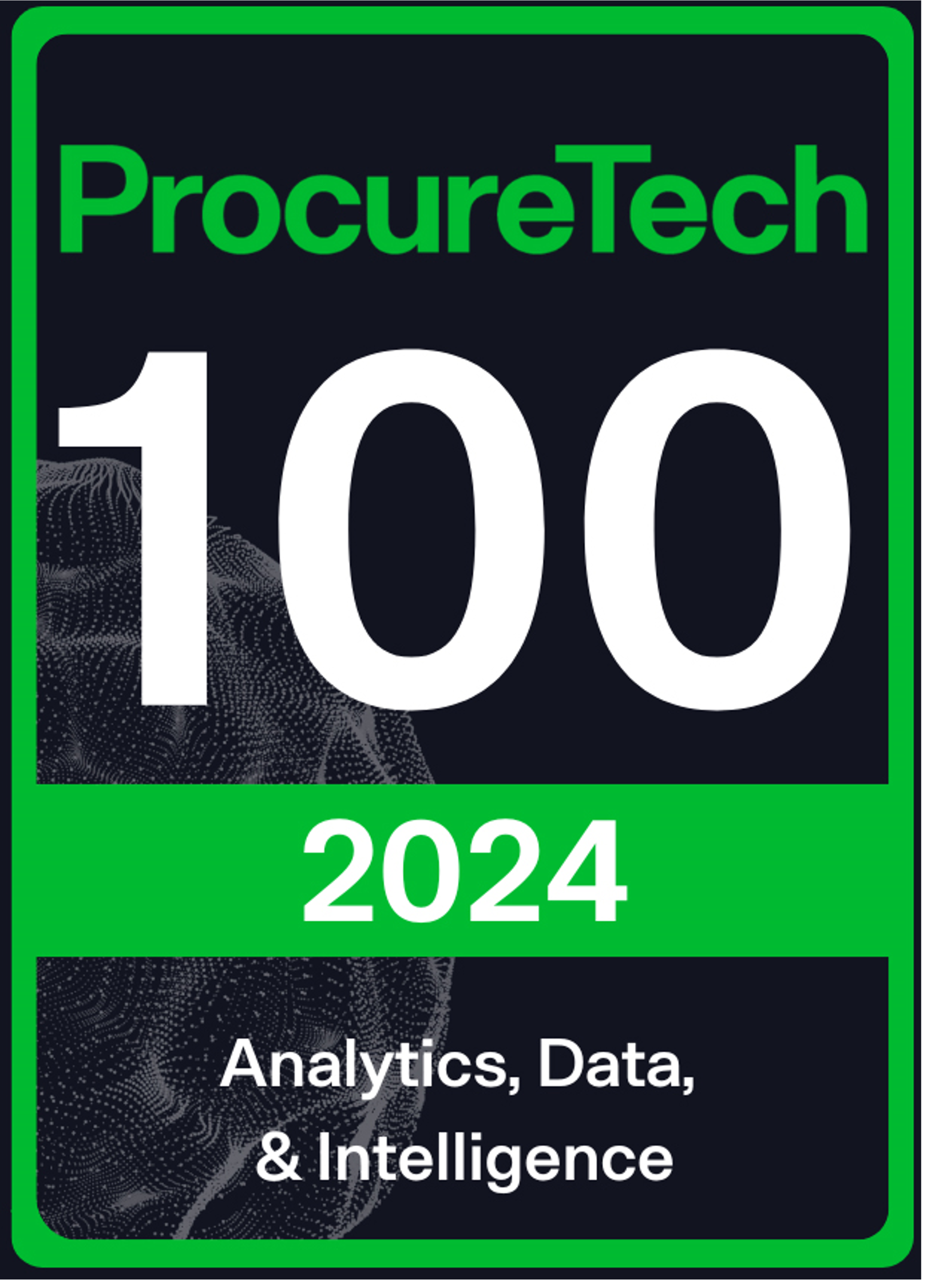Procurement and category teams need more than intuition to stay competitive, they need dynamic insights.
As the markets continue to shift with changing supply-demand conditions, pricing trends, and emerging risks, teams who stay on top of these updates are better positioned to anticipate shifts and leverage opportunities. Setting up strategic triggers that prompt timely actions also allows procurement teams to manage risk effectively.
Procurement and category teams need more than intuition to stay competitive, they need dynamic insights.
As the markets continue to shift with changing supply-demand conditions, pricing trends, and emerging risks, teams who stay on top of these updates are better positioned to anticipate shifts and leverage opportunities. Setting up strategic triggers that prompt timely actions also allows procurement teams to manage risk effectively.
We explain why staying updated is essential for procurement success, the types of indicators that every category team should be tracking, and how leveraging these insights can optimize negotiations, supplier management, and strategic alignment. We also introduce Beroe’s Beige Book, which offers a snapshot of the trends and KPIs that define the current state of the market, helping teams stay ahead of shifts.
The essentials of category awareness
Market conditions aren’t static, and neither are the categories procurement teams manage.
Procurement teams who keep tabs on current data, including indicators like category health and softness, are better equipped to make decisions that mitigate risks and unlock value.
Here are some of the key areas teams should monitor:
- Market dynamics: Supply and demand can fluctuate rapidly, affecting costs, availability, and even the sustainability of certain suppliers. Monitoring these changes helps procurement teams plan proactively.
- Pricing trends and cost structures: Understanding current and forecasted pricing trends allows teams to make informed decisions about when and how much to purchase. It also prepares teams for potential price increases, helping maintain budget integrity. If there’s softness in the market, that is a great time to open a proactive conversation with your suppliers.
- Emerging risks: Staying updated on geopolitical, regulatory, or even climate-driven changes allows category teams to anticipate disruptions and put mitigation plans in place.
- Economics of using alternate materials or services: In situations where supply chain constraints or pricing pressures impact traditional materials or services, it’s essential to assess the economics of alternate options. By evaluating cost, availability, and quality of substitutes, category managers can make informed decisions that may help mitigate risks and ensure supply continuity.
Why does staying updated matter?
Regularly keeping up to date with market insights will help to contribute to your procurement success, here’s how:
- More robust and durable category strategies
With regularly updated insights, teams can adapt their strategies in response to changing conditions. Rather than being reactive, these teams can create agile strategies that evolve as supply, demand, and pricing conditions change which help to manage risks with minimal disruption. - Improved negotiations and supplier management
Regularly updated insights into pricing and market health can help strengthen negotiations. With comprehensive data, procurement teams can make evidence-based requests and demonstrate value to suppliers, enabling mutually beneficial relationships. - Better engagement with internal stakeholders
Keeping stakeholders informed about category health and market dynamics allows for better alignment with internal priorities. When procurement teams can share timely, relevant insights, they facilitate more informed decision-making across departments, boosting their strategic influence within the organization.
Leveraging market insights for competitive advantage
Staying current on market conditions is only one part of the picture, the key is to turn insights into action. There are a few ways procurement professionals can leverage their understanding of category trends for maximum impact.
By keeping tabs on category health scores and risk indicators, procurement teams can identify threats early, allowing time for proactive countermeasures. For example, if a key supplier’s category score indicates a downturn, you can proactively explore alternative suppliers or adjust inventory levels.
You can also identify saving opportunities by reviewing market trends, such as when demand dips or supply increases, creating favorable buying conditions. This then aids in data-driven decisions by regularly tracking these indicators allows procurement teams to develop data-driven, long-term strategies. This can improve resilience against unexpected market changes, reduce costs, and support sustainable growth.
How Beroe’s Beige Book can help
For procurement professionals looking to stay ahead, Beroe’s Beige Book provides a valuable quarterly overview of the market across 400 categories. This comprehensive report captures essential data points, such as favorability scores and market trends, giving procurement teams a high-level summary of key performance indicators to guide decision-making and help organizations stay ahead. The Beige Book’s Category Health Score, for example, is a powerful indicator of which categories may offer opportunities or warrant caution.
While the Beige Book itself isn’t available as a standalone product, it is included as part of Beroe’s suite of market intelligence tools for customers. For those interested in a preview, Beroe offers a complimentary abridged version of the Beige Book, allowing procurement professionals to sample the data-driven insights that could transform their category strategies.
Register your interest below to access the upcoming edition which will be made available shortly.
Related Reading

03 Dec, 2025
Navigating Inflation in a World of Volatility: How Procurement Can Move from Firefighting to Strategy











